Top 11 Lessons from 6 years of ecovillage research
Summary of my observations of the revillaging movement
I am celebrating 6 years as an ecovillage researcher. Here are the top 11 lessons from my work
1. Village building is getting major updates.
This is partially why I am so excited for the village building movement. Modern village design is in revival and we have more tools than ever before to build successful eco-communities.
We have pioneers like GEN and FIC to thank for it, with newer initiatives like Regen Tribe, re:build, Regen Villages, New Earth Development, Ecoversity, and Regen Earth Studio taking it to the next level.
2. Traditionally, it takes about 10 years for an intentional community to establish and mature.
This is the average length of time it takes for a community to form, acquire land, build, start living there, and establish a thriving economic and operations model.
You even hear smart village projects like Future Thinkers talk candidly that they expect the process of building their village to take 10 years.
And they already have some infrastructure onsite.
This is accelerating and changing with the tech and the amount of knowledge we have available to us about village building.
Still, be prepared to have the stamina for a decade of effort if you want to start a regenerative village project.
3. "Build it and they will come" is not the mindset.
I can't tell you how many vision holders I've seen that went out and bought land, worked with some architects, and are unsuccessfully trying to get people to buy lots to fund their not-yet-existing community.
People want to be part of the community building process.
Without community-led development strategies, the project is just a lifestyle real estate development.
You are very likely to struggle if you try to build community alone. When consulting projects, I typically recommend the people-first route.
People = pooled capital, pooled talent, and motivation to keep going.
4. We are doing great at cultivating biodiversity in these land projects, but not social diversity.
The village movement is still vanilla.
However, I get contacted often about new projects popping up in Africa and South America that are led by locals.
You could argue that indigenous tribes have always lived in ecovillages, and that is true. These communities are typically (and not always by choice) low-tech and rustic, and therefore sustainable by default.
What I am seeing people champion now in these countries is intentional sustainability and modern comfort.
For most other projects, there is the threat of eco-gentrification.
Obvious truth: a sustainable lifestyle should not be a privilege available to only a few.
5. The #1 need village builders express is finding capable, aligned community members.
Keep this in mind if you are dreaming of community, but you don't think that there is one out there for you.
I can name several communities that want people who are ready to come live there and are willing to hold the torch.
I've even seen people offering others to come build houses on their property for free, just to create community with them.

People are craving people, but good community members are hard to find. Become a good community member by taking these courses.
For village builders, community recruitment strategies are gold. I'll be sharing those in future articles.
6. Tech-avoidance vs. integrating technology with nature:
Ecovillages 2.0 were about retreating into nature to escape an unfriendly world and build a cozy fire for the few.
Ecovillages 3.0 aim to build solar punk enclaves with fully modern amenities, implement biomimetic tech, and be part of a global community.
Noteworthy: ecovillages and regenerative village projects find more success by leveraging online presence and digital tools.
7. Failing to plan for intergenerational leadership in your community will stunt its future growth.
I see it happening in communities right now. The original leadership is phasing out.
Not enough time and effort was put into transferring their wisdom or giving enough opportunity to youth, so they lost potential future leaders.
Actively train and empower young community members to be leaders.
Apprentice them. Give them economic and educational opportunities inside the community. Allow them to participate as decision-makers.
We build these communities for the youth to inherit as a regenerative legacy.
8. Ecovillages are an exit-based form of societal redesign at local scale,
(and we should treat them as such).
For ecovillages to reach their full potential, they need to be spaces for experimenting with alternative governance and economics, technological advances, and prosocial human dynamics.
We don't want to repeat the toxic traits of the systems we are rejecting.
This can also look like creating a regenerative network state, coordi-nation, or Special Economic Zone, in order to achieve legal autonomy.
The perfect example of not fighting the system, but building a better one.

9. "Village Tech" is a thing.
People are building softwares, protocols, and alternative currencies just to support designing, building, and operating regenerative villages.
OASA 's Closer, which allows tokenized bookings and investments in regenerative villages, and the Revillager app, which is like Slack for communities, are shining examples.
A platform like Tribes is something people have been asking for a long time in this space. It is a social networking app that connects people, projects, and resources to build more regenerative communities.
The other day I just named a new tech product for village building that I have to keep a secret until it's developed 🤫
Will update you in about 3 months.
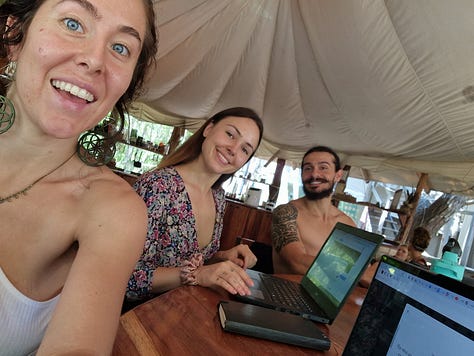
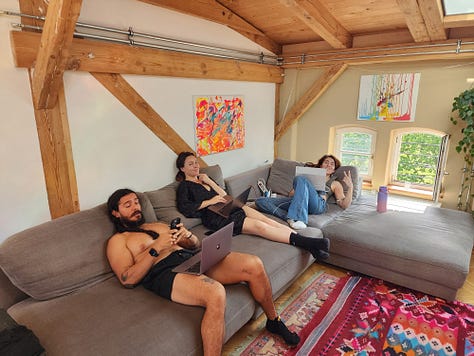
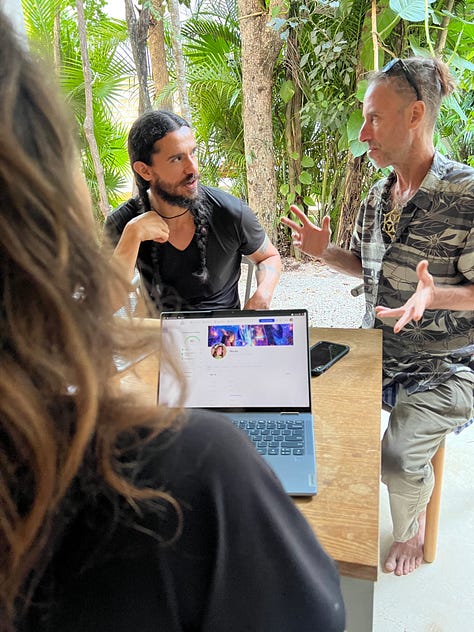
10. Don't build a village, join forces with an existing one.
There are many amazing projects, either established or emerging, that already exist.
Before you go out and try to muscle it yourself, remember that if you connect with your tribe first, you may find that you don't want to do the hard, hard work of building a village and you just want to live in nature with your family.
There are about 3,500-4,000 documented ecovillages in the world. With Regen Tribe, we’ve databased around 280 new-wave regenerative village initiatives.
Of those, there are 10 that I really admire for their innovation.
And 0 I would live in for the rest of my life.
If you really are picky and there is not a single community out there yet that fully matches your vision/ambition (aka me), let’s build one together.

11. The regenerative movement is full of enlightened, kind, brilliant, and courageously optimistic people.
We choose the beautiful world we know in our hearts is possible and we refuse to settle. Join us!
Also, please fight me on anything I said. I enjoy push back and elucidation on my thought proposals.
Questions:
What trends and lessons have you seen that are not on this list?
Which of these 11 had you not thought of before?
Is there anything you are REALLY excited about in the village building space?
A huge shout out to Regen Tribe and Terrenity for being vehicles for my research.
Please take time to share this publication with a friend (1 referral gets you 1 month of paid posts for free✨️)
One of my affiliated partners, Community Finders, run by Cynthia Tina, offers services for people seeking ecovillages or building ecovillages. I highly recommend you join one of her courses to uplevel your ecovillage journey.
Use the code TERRENITY for $100 off your ecovillage tour.







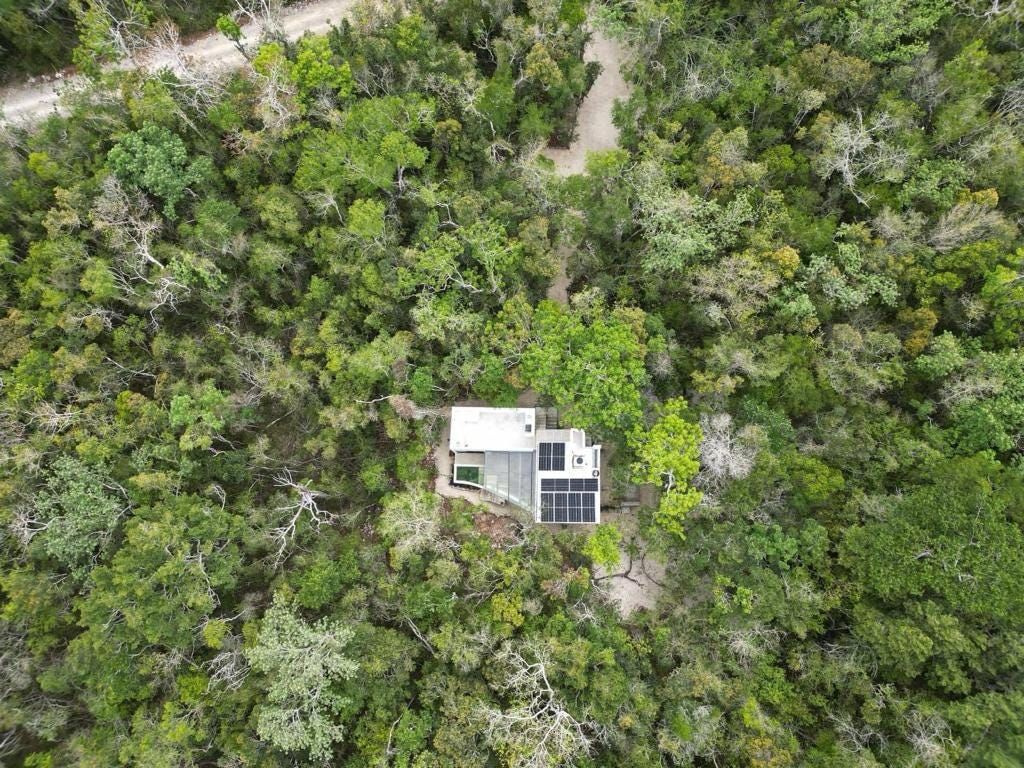


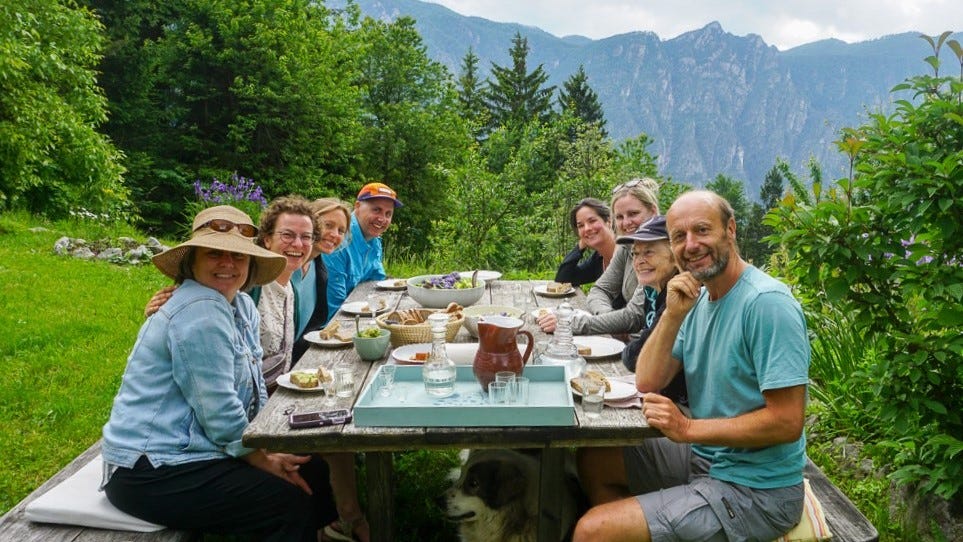
How about a movement to rescue old dilapidated communes? I'm a second generation communitarian in a 50+ yr old semi-intentional community (irony intended) with a HUGE land base and a truckload of old phogies with mad skills and radical histories ready to kack. Yes, 10 years minimum for basic groundwork of relationships. Every decade gets more real.
Cool read, especially after meeting with the Neos.Life guy and as I launch Neoterra, a solarpunk universe written to inspire radical imagination. You should check it out on my profile, I think you’ll appreciate it!